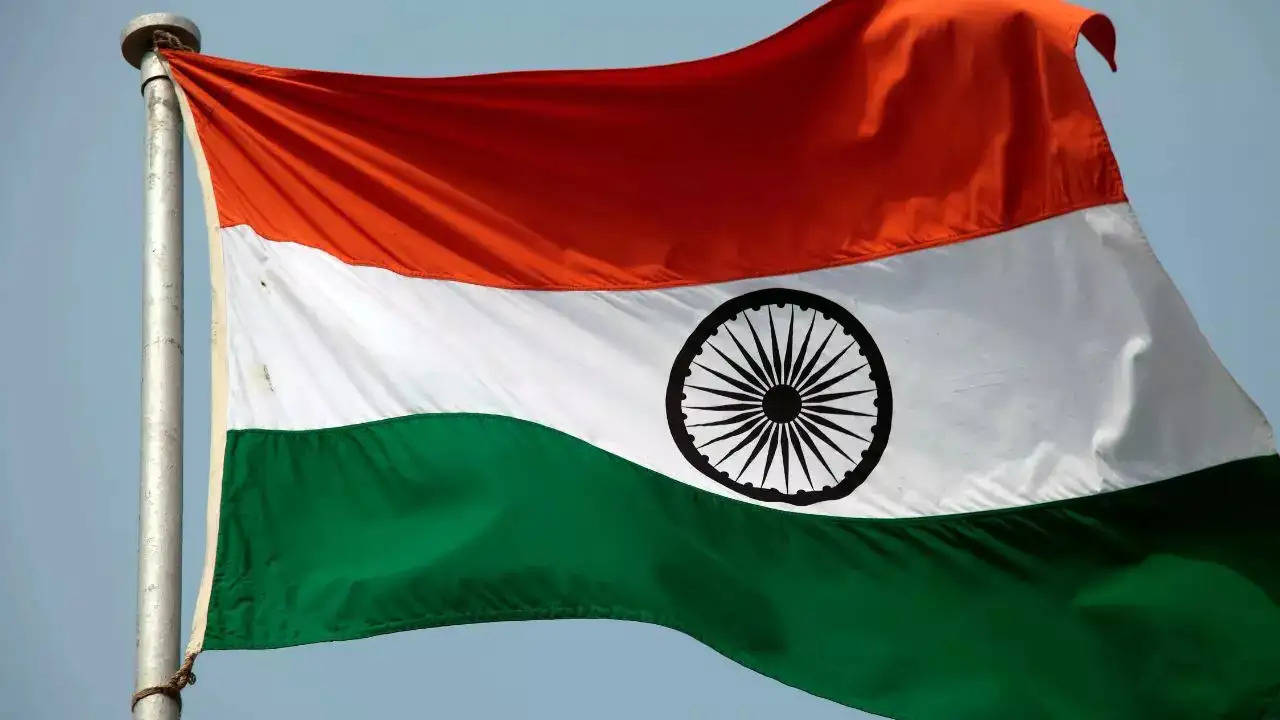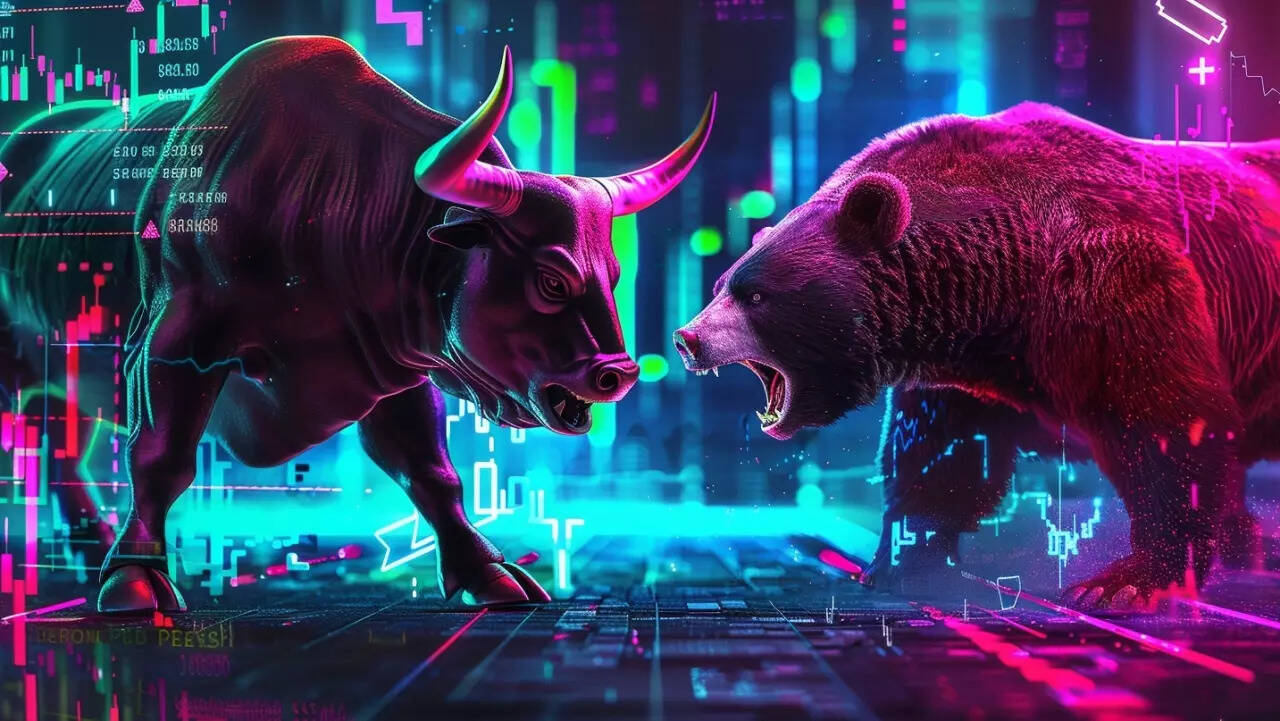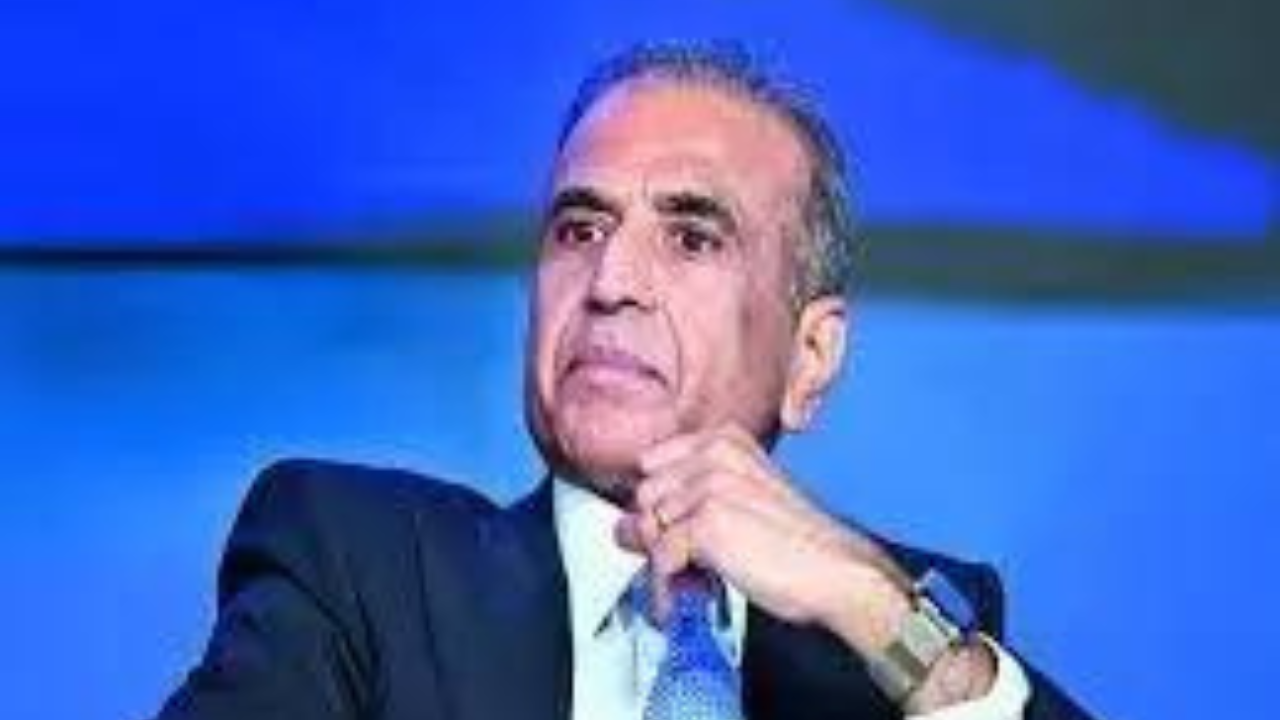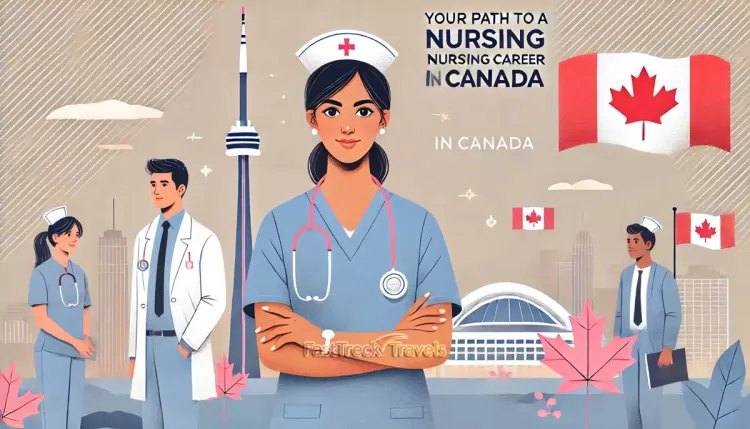‘The School for Bad Girls’: Rule-breakers who became trailblazers of Indian women’s liberation

Join our WhatsApp Community to receive travel deals, free stays, and special offers!
- Join Now -
Join our WhatsApp Community to receive travel deals, free stays, and special offers!
- Join Now -

I look up and sigh – this one significantly different from the defeated and off-put ones that usually break the silence of my days – stepping away from the vividly painted world of the 1800s in The School for Bad Girls for just a brief moment. This particular sigh was one of guilt-ridden gratitude and cold, unsettling realisation. They are just 11 years old, they have seen more than I ever have or ever will – I scribble into my notebook. But before my seemingly haphazard ramblings about sighs and notebooks force you to click away, I will concede and explain what exactly I mean by all this, and who these enigmatic 11-year-olds are that I supposedly scribble about.
The School for Bad Girls by Madhurima Vidyarthi is a wonderful blend of historical figures and fictionalised narratives. In the afterword, Vidyarthi, a doctor and author, chuckles at the fact that her fictional piece includes more historical figures than imaginary ones. And these figures – Kadambini, Dwarkanath Ganguly, Bidhumukhi Ganguly, Sarala Ray, and Abala Bose – are often left in the shadows of our history textbooks, their contributions to the evolution of the Indian education system left largely unsung. Vidyarthi brings them to life, weaving their struggles and triumphs...
What's Your Reaction?
 Like
0
Like
0
 Dislike
0
Dislike
0
 Love
0
Love
0
 Funny
0
Funny
0
 Angry
0
Angry
0
 Sad
0
Sad
0
 Wow
0
Wow
0


















































